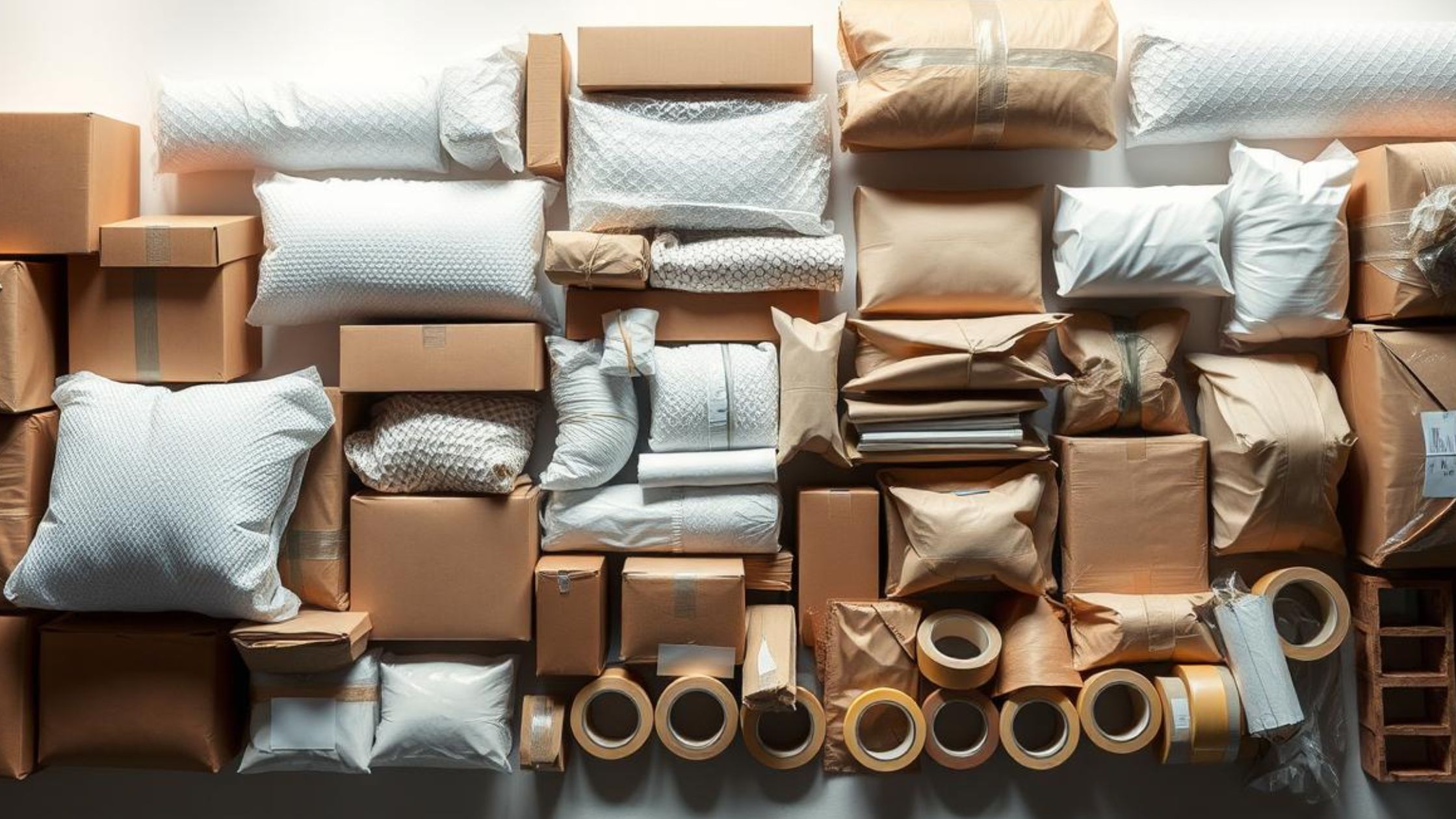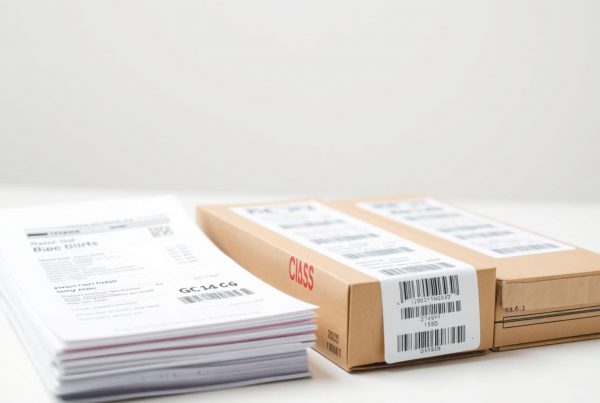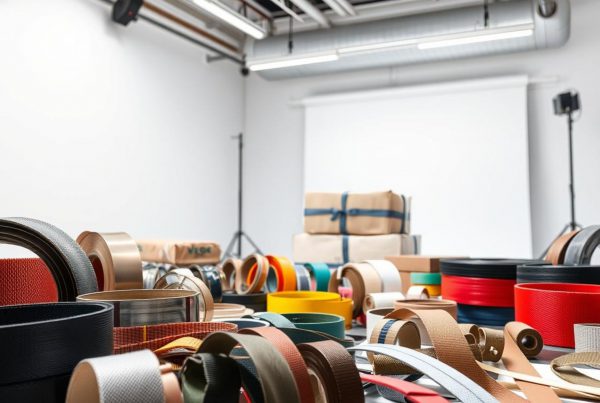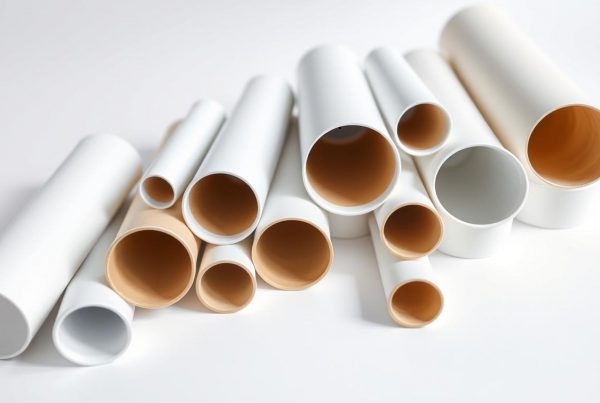Picture this: you get a package in the mail, perfectly wrapped, and you can’t wait to rip it open. That excitement? It’s precisely what the right packaging materials can do for your customers. It’s not just about keeping stuff safe—it’s about making your brand pop.
Choosing the right materials, such as packaging bags, shrink film, or kraft paper, is a game changer. Each has its strengths, and this article’s here to break it all down so you can pick what works best for your products.
Good packaging does double duty: it protects your goods and makes your brand look sharp. Let’s dive into how making the right choices can take your business to the next level.
Key Takeaways
- Understanding different types of packaging materials is crucial for streamlining your operations.
- Each packaging option has unique benefits tailored to specific needs.
- Proper packaging boosts customer satisfaction—nobody likes a banged-up delivery!
- Your choice of materials shapes your brand’s image.
- Using shipping poly bags, paper rolls, and other solutions can maximize product safety.
Understanding Packaging Materials
Packaging materials are the unsung heroes of any supply chain. They shield your products from the warehouse to the customer’s doorstep. Think everything from sturdy cardboard packaging to high-tech containers for delicate goods. Knowing what these materials do helps you understand why they’re so critical for keeping your products intact.
Definition of Packaging Materials
At its core, packaging materials are the materials used to wrap, protect, and ship your products. They cover a vast range of needs—think paper tape for sealing boxes or temperature-controlled containers for sensitive items. The goal? Keep your products safe from bumps, spills, and spoilage during transit.
Importance of Packaging in Supply Chains
Packaging is a big deal in supply chains. It’s not just about protection—it’s about efficiency. Good packaging, such as wholesale polythene bags, reduces waste, meets safety standards, and keeps customers happy when their order arrives intact. Plus, it smooths out logistics and reduces those costly returns from damaged goods. Who doesn’t want that?
Common Types of Packaging Materials
Picking the right packaging material is all about ensuring your products show up in perfect condition. The big players here are plastic, cardboard, glass, and metal. Each has its vibe and use case, so let’s break it down.
Plastic Packaging
Plastic packaging, such as poly bags, is a go-to choice due to its versatility and toughness. You’ll see it everywhere—food, cosmetics, electronics, you name it. It’s lightweight, durable, and keeps products safe from moisture or rough handling. Materials like polyethylene or PVC are budget-friendly and highly adaptable for a wide range of designs.
Cardboard and Paper Packaging
Cardboard packaging is a fan favorite, especially for eco-conscious businesses. It’s recyclable, sturdy, and perfect for shipping or retail displays. Meanwhile, paper rolls are lightweight and easy to dispose of, making them a win for brands that want to go green. Both are customizable and great for promoting sustainability.
Glass and Metal Packaging
Glass packaging screams premium—think fancy jars for food or drinks. It’s fantastic for preserving freshness. Metal packaging, such as cans or aerosols, is a barrier against moisture and light. Both are recyclable, which is a massive plus for eco-friendly branding. They’re not as common as plastic or cardboard, but shine for specific products.
Packaging Materials Classification
Understanding packaging types is essential for both businesses and customers. There are three main categories—primary, secondary, and tertiary—each with its job in the supply chain.
Primary Packaging
Primary packaging is the first layer that comes into contact with your product. Think of bottles, jars, or shrink-wrapped film. It’s all about protection and branding, making sure your product looks good and stays safe.
Secondary Packaging
Secondary packaging groups together the primary packages for easier handling. Boxes, cartons, or even packaging bags fall into this category. It’s great for shipping and making products pop on store shelves.
Tertiary Packaging
Tertiary packaging is the heavy-duty stuff for bulk transport. We’re talking pallets, crates, and shipping containers. It’s designed to keep everything secure during long hauls or storage in a warehouse.
| Type of Packaging | Function | Examples |
| Primary Packaging | Encloses the product directly and offers protection | Bottles, jars, wrappers |
| Secondary Packaging | Group multiple primary packages for handling | Boxes, cartons |
| Tertiary Packaging | Used for bulk transport and storage | Pallets, crates, shipping containers |
Factors to Consider When Choosing Packaging Materials
Picking the proper packaging isn’t just about what looks good—it’s about aligning with your business goals. You want materials that keep products safe, save money, and vibe with your values. Here’s what to keep in mind.
Durability and Protection
Durability is non-negotiable. Strong packaging, such as cardboard boxes or poly bags, ensures your products survive the shipping process. Less damage means fewer returns and happier customers. It’s a no-brainer, right?
Cost-Effectiveness
Let’s talk money. You want quality packaging without breaking the bank. Opt for materials like wholesale polythene bags that balance protection and affordability. Wise design choices, such as using lightweight materials or bulk buying, can also reduce shipping costs. Every penny counts!
Sustainability and Eco-Friendliness
Customers today are all about the planet, and eco-friendly packaging is a huge win. Using kraft paper or recyclable paper tape shows you care about the environment. It’s a great way to attract green-minded shoppers and stay ahead of industry trends.
Conclusion
Getting the lowdown on packaging materials can take your game to the next level. Knowing what each type offers helps you choose the perfect fit for your products. Whether it’s shipping poly bags for lightweight items or paper rolls for eco-friendly vibes, being informed is key.
Excellent packaging keeps your products safe, delights customers, and even helps the planet. As new options emerge, stay informed. You’ve got the know-how to make choices that boost your business and make a difference.
About The Boxery
At The Boxery, we get it—excellent packaging is the backbone of your business. Our mission? Help you make wise, practical choices with honest advice. Need cardboard packaging for fragile items or shrink film for a tight seal? We’ve got you covered.
We’re committed to quality and ensuring our customers’ happiness. From packaging bags to eco-friendly kraft paper, our range has something for everyone. No matter your business size, our team’s here to guide you through our massive selection of shipping supplies.
With The Boxery, finding the proper packaging – you guessed it – packaging materials is a breeze. We make it simple to choose what’s best for your needs.
FAQ
What are the common types of packaging materials available?
You have options like plastic, cardboard, glass, or metal. Plastic covers poly bags and shrink film. Cardboard and paper include kraft paper and paper rolls. Glass and metal are great for heavy-duty or premium needs.
How can I choose the right packaging bags for my products?
Focus on durability, cost, and sustainability. Shipping poly bags is perfect for lightweight items, while cardboard packaging is better for fragile goods.
What is the importance of sustainability in packaging materials?
Eco-friendly options, such as paper tape or recycled cardboard packaging, help the planet and boost your brand’s reputation with eco-conscious customers.
Can I buy packaging materials, such as poly bags, in bulk?
You bet! Buying wholesale polythene bags in bulk saves cash and keeps your inventory stocked.
What factors should I consider for packaging durability?
Check the material’s strength, your product’s weight, and shipping conditions. Packaging bags or paper rolls can handle different needs.
How does packaging affect customer satisfaction?
Quality packaging, such as sturdy cardboard boxes or colorful shrink wrap, protects products and makes unboxing a joy. It’s a slight touch that leaves a big impression.
Are there eco-friendly options for shipping materials?
Absolutely! Go for Kraft paper, recycled cardboard packaging, or biodegradable paper tape. They’re planet-friendly and a hit with green shoppers.





Recent Comments